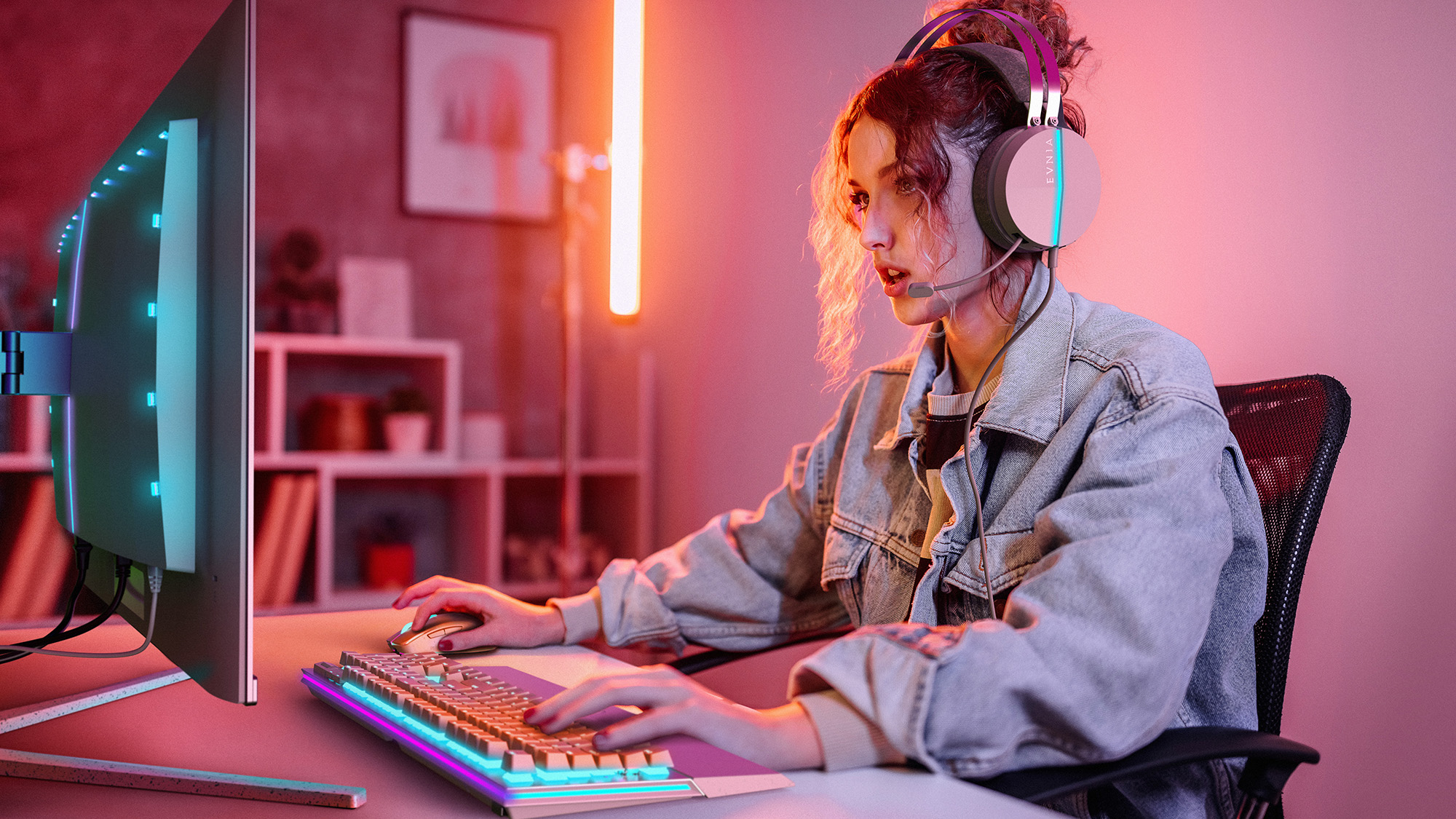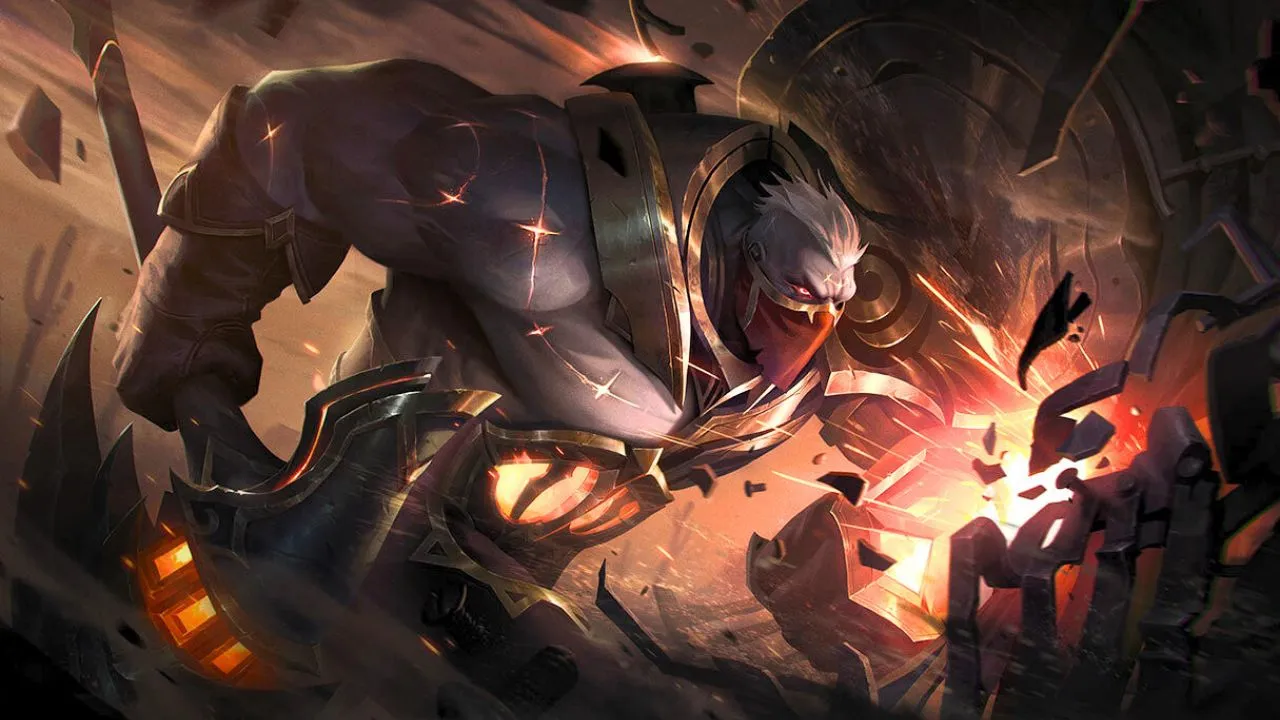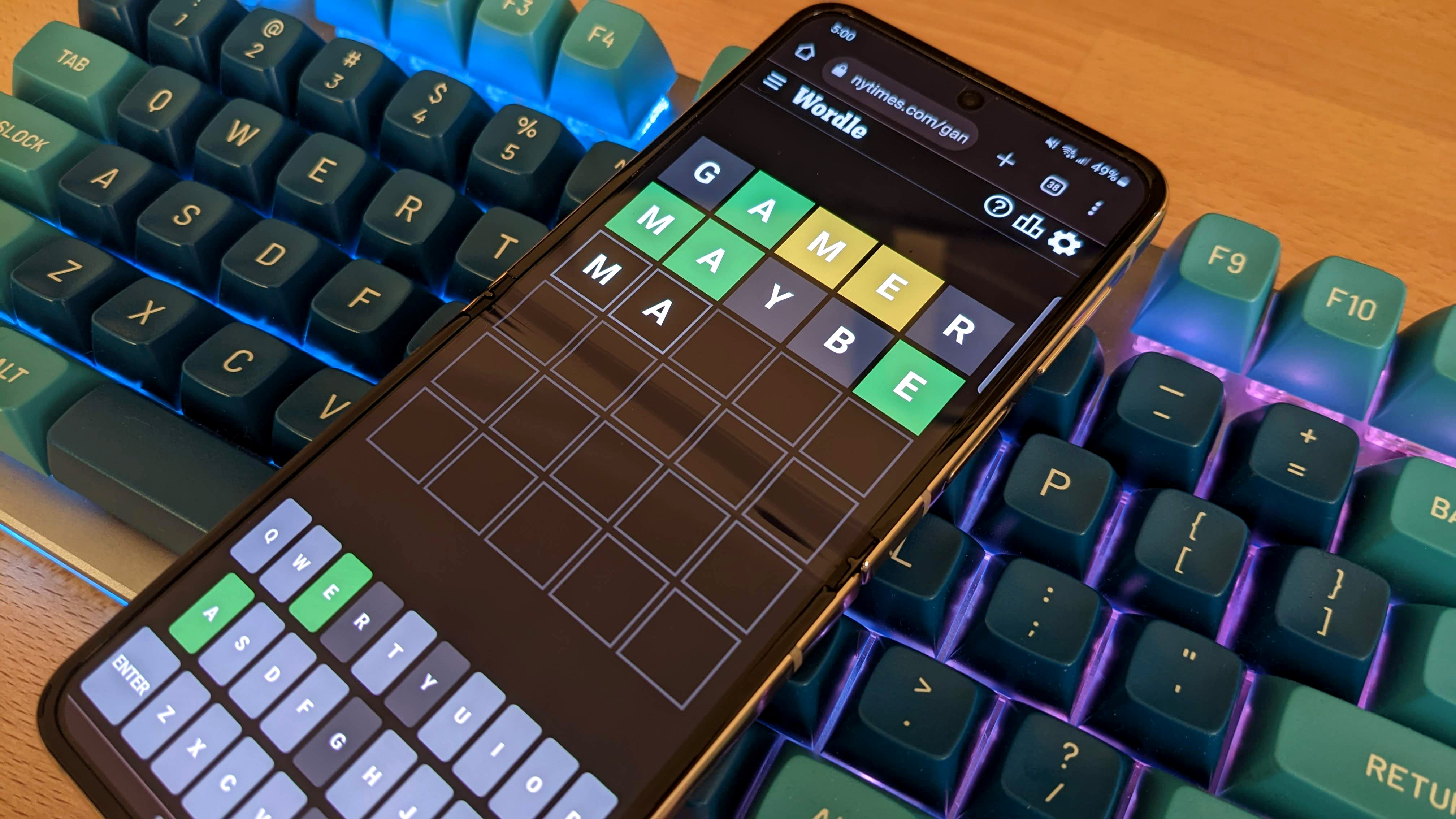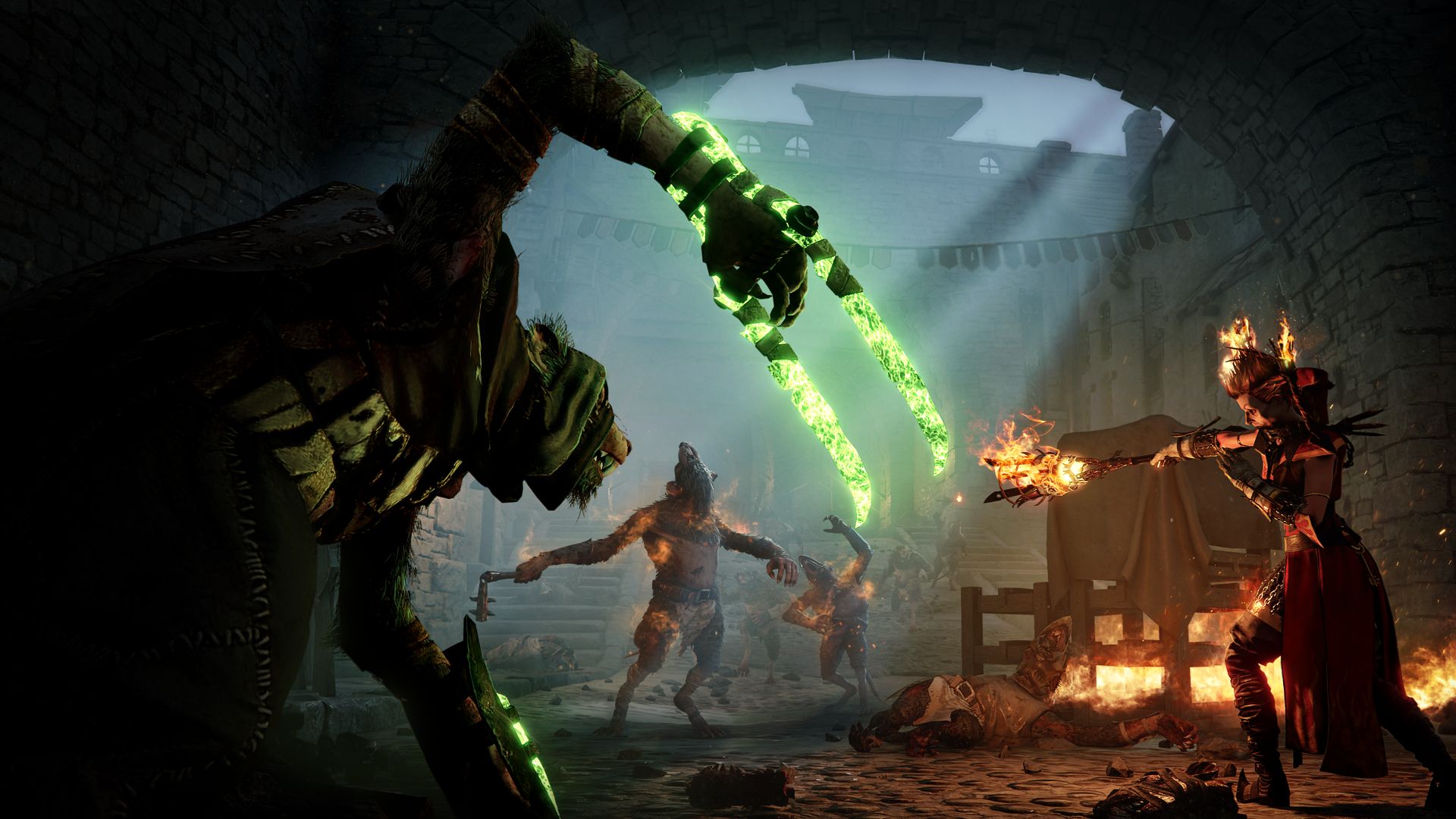Naughty Dog has finally released The Last of Us Part I onto PC. The launch did not go without a hitch, but is this really as bad of a port as the internet would lead you to believe?
Crashing onto PC
Context first: the game & engine were designed around the unique architecture of the PlayStation 3, a powerful yet complex piece of hardware with unique requirements. Although it was ported to the PS4, the core engine underneath was a modified version of that same PS3 design, based on mass Asynchronous work. Even Naughty Dog itself had severe issues getting the game to run at 60fps, which required maximizing the CPU and GPU with a triple buffered rendering pipeline, and suffice it to say that porting to PC is an even greater challenge than that PS4 port.
Many of the problems at launch would cause crashes – often. I counted 12 separate crashes from starting the game until meeting Ellie, and this was on an AMD GPU which, unsurprisingly, this game favors. Nvidia players had it worse, or at least based on my testing with an RTX 2070. The main cause stems from memory limitations as you exceed the VRAM requirements, which then bleeds out into the shared graphics memory within your system RAM, causing hard page faults, reduced performance, and increased CPU demands alongside other memory related issues. This effectively leads to the modern day equivalent of the BSOD (Blue Screen Of Death), killing the executable mid execution.
The Good, the Bad and the Demanding
The options Menu is exceptional, offering a clear breakdown of each setting from a dynamic visual perspective, demonstrating what the setting will change and/or a clear split of the impact on CPU, GPU and VRAM. As we get further into the performance section, keep in mind that the PS5 relies on a key architectural element: shared pools of data between the CPU and GPU, which is highlighted as a moving bar that shows the impact on VRAM when you draw close. This is a key differentiator and challenge for PCs, which also rely on system RAM. The game reserves approximately 20% of total VRAM space, which is a standard requirement for all games, as some space is needed for OS and driver operations in addition to the game’s demands. The visual settings offered by this game far exceed those of most PC games, with features such as reflection resolution, frustum range, raymarch range, and animation quality.
If you have the hardware, a PC can scale above the PS5, but it’s a big if.
The visual quality and presentation of the game is also up with the best of this generation, and if you have the hardware, a PC can scale above the PS5. Visual clarity, effect quality, and even framerate can all exceed the PS5, but it’s a big if – and not just the GPU. This is a very data-driven, dynamic engine and game, and this can affect demands across your entire build, with the CPU likely the most obvious wall that you hit, closely followed by VRAM and then system RAM.
The scalability within the engine means you can achieve a locked 60fps, and even higher on a range of hardware, even scaling down to the Steam Deck and my older RX 580 GPU. So the options all allow a broad spectrum of hardware, well below and above the PS5, to run the game at 30+fps frame-rates. This is bolstered further with both FSR2 and DLSS offering increased visual and performance choices across a huge swath of GPUs, and even at 1080p both solutions offer better image quality, by and large, over the native choice on PC. This is something the PS5 does not have, as it uses native 1440p or 4K rendering in both of its modes.
While the game unfortunately launched with some major issues that negatively impacted its reception, many of those issues have since been alleviated via patches. Most of this analysis is based on the second of those two updates, Ver1.0.1.6, which resolved many of the most egregious problems. We did test Ver1.0.1.7 just as this review was complete, which mainly improved some UI/UX bugs, alongside an Nvidia Hotfix driver to resolve crashes on RTX 3000 cards, and performance and visual quality is unchanged since patch 1.0.1.6. The biggest issue at launch was crashing, and this is now resolved for AMD and Nvidia players for the most part, so long as you remain within your VRAM memory limits based on the menu UI bar. Nvidia does still present more bugs than AMD players, which highlights the split quality that each GPU player will get. By and large, even on my RX 580 GPU, the game scales well, has very minimal visual bugs, and runs well within the expectation of the hardware (CPU and RAM notwithstanding).
Losing My Memory
As you increase resolution, all other aspects scale accordingly, which can have an extreme impact on performance. The PS5 shows this, with it likely being GPU-bound most often in its 4K Fidelity mode when unlocked to 40fps+. The same is true on all my GPUs here with the RX 6800 at 4K FSR2 Quality Ultra settings running between 40 and 60fps. You can reduce CPU cost by reducing animation quality, object detail, shadow cascade and real time reflections to Medium or Low. On this machine at 4K FSR2 Quality, we are fully GPU-bound and struggling to stay north of 50fps in action. Dropping resolution by 30% to 1800p, still using FSR2, we now shift to the CPU being the bottleneck, but we gain 25% higher performance. With my Zen 3 5600X CPU becoming the main anchor once we reach around 75-85 fps, similar to the PS5 in unlocked performance mode. The parallelism within the engine I mentioned at the start is incredible, being one of the best I have tested, though I am not sure it would scale so well over 16 threads and beyond.
Most of the bugs doing the rounds are a result of simply exceeding the limits of your VRAM.
Most of the bugs doing the rounds, and even ones I have had, are a result of simply exceeding the limits of your VRAM, causing page faults along with the API and driver changes. This can result in missing textures, assets, and other data-related problems. The engine uses a deferred render pass with a fat G-buffer and uber shader for all materials, decals and more. Meaning on PC the distance to the data, through the PICe channels, split pools of Ram, DX12 API, split vendors, add up to a ton of complexity mirroring some of the visual bugs we saw in the early Spiderman and Uncharted review code. This is an area the team needs to and I am sure will be working to improve. But a brand new memory management and data allocation code for PC will take time, as Nixxes did for its Spider-Man port on PC. As such the solution now is to lower the Memory requirements and resolution to mitigate these high demands. That said, don’t expect your 8GB GPU to run the same textures and quality as the 16GB PS5, as memory allocations will always be higher on PC than console. Simply put you cannot fit 10 gallons of water into a five gallon tank.
Scalability & Performance
High End Machine
The RX 6800 can exceed the PS5, with better-than-PS5 fidelity mode at Ultra settings, but these are minor. Volumetrics, image sharpness and texture details can see clear but small increases over the PS5. But, the game does not scale significantly, visually, beyond the PS5 version. The 16GB of VRAM my RX 6800 has is needed here though, with a 12GB card likely being worse than the PS5, and backs up what we have stated here for a while. 16GB of VRAM is going to be required to match or exceed the PS5 this generation and The Last of Us only reinforces that. We have seen these demands grow in recent games such as Uncharted, Spider-Man and even Forspoken.
What about performance then? Using my RX 6800 paired with 32GBs of DDR4-3600 RAM and a Zen 3 5600X at 4.8Ghz, setting the game at 3840x2160P using FSR2 Quality at Ultra settings, the PC cannot lock to 60fps but it can flip flop between GPU-, data-, and CPU-bound, meaning a faster GPU and/or CPU would likely get us to a locked 60fps and beyond. But that would require top-end hardware that I do not have to test. As such, I recommend dropping to the High preset (including textures) at 1800P FSR2 Quality. We can then cap the game at 60fps if needed and gain as close to a lock on that throughout play with better image quality and similar performance over the PS5 in its Performance mode. Both machines will be CPU/Data-bound at this point, which really shows how well balanced the engine is for CPU/GPU targets.
Medium Range Machine(s)
My overclocked RTX 2070, with 32GBs of DDR4-2666 with a Zen 2700X at 3.8Ghz, cannot achieve 1800p, even using DLSS, without dropping textures to medium, which degrades image quality severely. The best choice is to run 1440p via DLSS Quality with a mixture of High and Medium settings, but setting environment or character textures to High and FX and minor objects to Medium/Low. This manages to stay within the 8GB VRAM space and reduce if not stop crashes and bugs, as these are caused or exacerbated by running out of heap space. Using these recommended settings for machines around this specification you can achieve a variable 40-60fps at lower than PS5 Performance image quality and frame-rates, but still good enough to cap at 40fps. We can and do become more CPU-bound at these settings on this Zen 2700X but tests in fully GPU-bound moments set expectations once further patches reduce the CPU/RAM cost.
My RX 580 8GB GPU (other machine specs the same as my RX 6800 test) still runs the game well, achieving a variable 60fps with High textures on characters and environments, and others a mix of Medium and High. The big reduction here is resolution, relying on FSR2 at its Quality preset at 1080p presents a better image than native 1080p due to increased sharpening and temporal reconstruction, though shadows and reflections can show more dithering due to this. The overall image quality is better and you gain approximately 20% better performance over native 1080p. Once you remain within these VRAM limits and settings the image quality is very good, with sharp, detailed textures in most areas – but still expect some low quality and sub-60fps gameplay due to the GPU limits on such a machine. Still, this is a more than viable way to play the game at a capped 30 or 40fps rate.
What We Said About The Last of Us Part I
A gorgeous and well-honed remake of one of the biggest boppers in the PlayStation pantheon, The Last of Us Part I is the best way to play – or replay – Naughty Dog’s esteemed survival classic. The striking improvements it makes to its completely rebuilt world are complemented by the subtle refinements of its characters’ performances, and while it isn’t retrofitted with every one of the sequel’s best changes, the upgrades to movement and AI make a welcome difference in an already outstanding game. It’s harder to argue it was an entirely crucial remake, though, considering 2014’s The Last of Us Remastered still stands head and shoulders above nearly all of its story-driven, action-adventure peers to this day. – Luke Reilly, August 31, 2022
Score: 9
Read the full The Last of Us Part I review
Low End & Portable
Bringing up the lowest rung is the Steam Deck. The engine can scale, and I am sure the team has a focus on getting the game certified for Steam Deck, which it currently is not, but right now even if we drop to the lowest settings, 800P FSR2, we cannot lock to a stable performance level, even 30fps. The same issues covered above impact the Steam Deck, particularly CPU load. During gameplay, you may experience 100ms stutters that can become fully memory bound, causing 50ms limits per frame.
This issue can also occur on the RX 580 in certain sections of the game, which may be due to a bug within the engine. The engine uses many sector points to load in enemies, assets, set-pieces, and other elements, and this process can cause the entire machine to lock up at 20fps. However, once the process completes or you force the engine state model to shift to attack, the loop is broken and the game resumes at a variable performance rate. As you can imagine, with the current build all of these issues are significantly worse and more impactful. Yes, the Steam Deck will run the entire game, but I simply cannot recommend doing so right now. Visually it still looks good on the Deck’s screen, but performance simply isn’t there.
Summary
At launch, The Last of Us Part I was a bad and broken release on PC, and had we reviewed it before then my recommendation would have been to avoid it. The issues that plagued it, including crashing, game breaking bugs, and general quality, were far below the quality PC players should accept or that Naughty Dog should have delivered. But with subsequent patches and some sensible settings changes, the game is in a much better state. But as the saying goes, you never get a second chance to make a first impression and it may be a tough mountain to climb for the great Naughty Dog studio to claw back the trust from the PC market.






